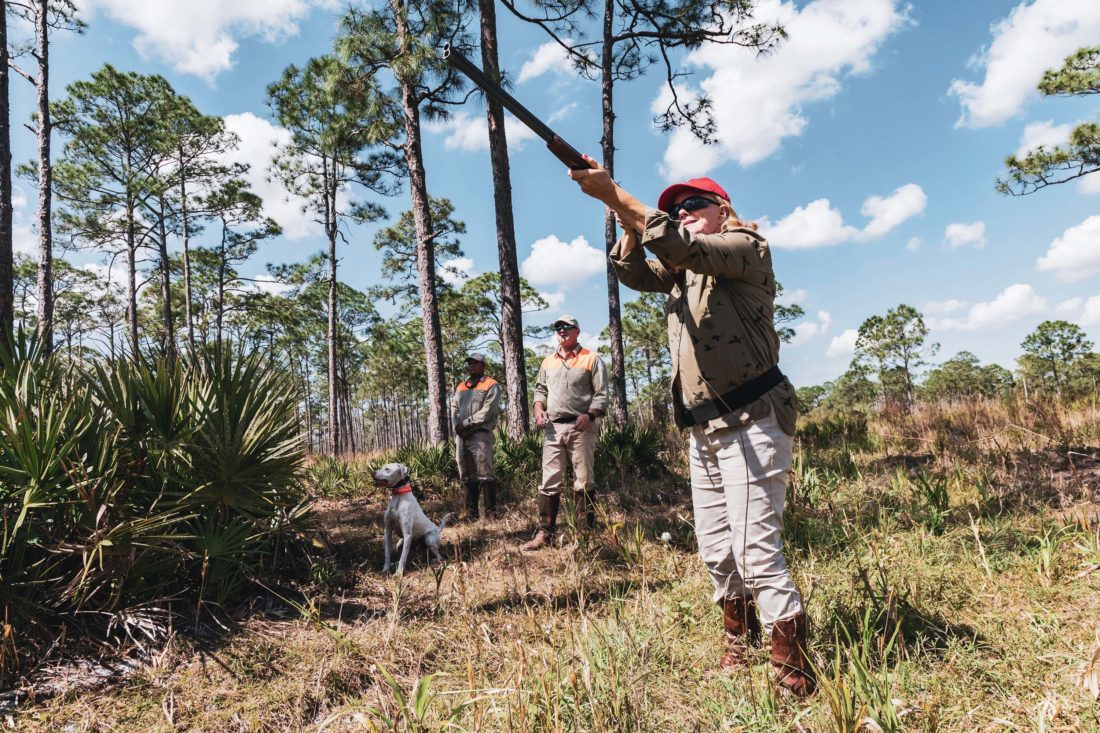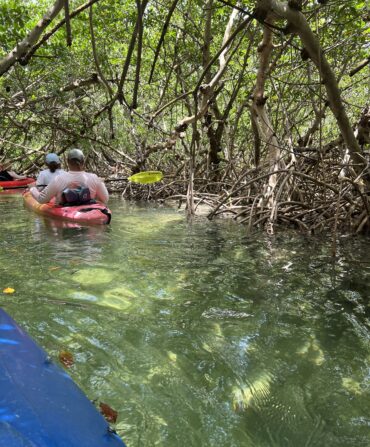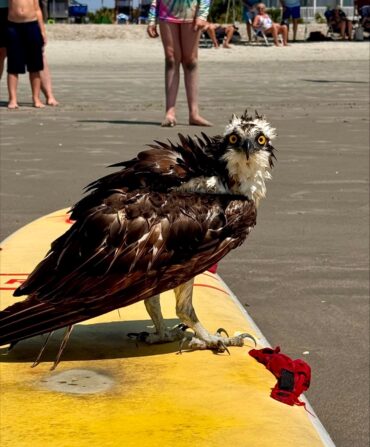Talk about a sticky wicket. This one is stickier than a cocklebur in a setter’s coat. Because this is a question in which biology and ethics and tradition all get wound together like vines in a blackberry thicket.
Let’s set the stage, for those who might not understand this particular pickle. The conundrum refers to what happens after hunters shoot at a covey of flushed quail. Bobwhites busted from cover tend to scatter in every direction and put down in thick cover for protection until they feel it’s safe to whistle up and gather back into the covey. Many traditionalist hunters hold that you shouldn’t continue to hunt these singles, because by doing so you will keep the covey scattered, possibly increasing the chances that single birds are found by predators, or making it more difficult for the covey to come back together before nightfall and form the roosting circles that enable them to conserve body heat and keep an eye out for predators. A fair number of hunters call the hunt off in the mid-afternoon hours, for the same reasons.
That’s one perspective. The other is that all this amounts to old-school malarkey. That’s it’s perfectly fine to send the dog after singles, as long as you don’t decimate the covey, of course.
I tend to fall on the more conservative end of the spectrum, as much for conservation reasons as for the fact that the whole point of quail hunting is to experience the covey rise. But I’m a journalism major, so what do I know? To track down a few facts, I reached out to one of the avatars of all things Southern quail, Dr. Bill Palmer, CEO of Tallahassee’s Tall Timbers, which serves as a sort of Brookings Institution for Big Thinking about Bobwhites.
He knew exactly what my fuss was about. “The gentlemanly rule I always heard,” Palmer says, “was that if three or more birds are harvested out of the rise, then you let the covey go.” And there is some scientific validity to that approach, Palmer notes. Shoot a covey down to a handful of birds, and biology necessitates that they move to join another covey. And on public land, you never know how much pressure a covey is going to face the day after you hunt, and the days after. It’s a smart move to go easy.
But as far as never-ever hunting down singles from a healthy covey, Palmer can’t quite sign on to that. “The evidence suggests it’s OK to hunt singles,” he says. “They are so good at getting back together, and the weather in the Southeast is rarely so frigid as to pose a danger. Biologically speaking, I don’t think there’s much impact other than the birds you actually shoot.” He relates an anecdote. In two separate projects in two different regions, birds were trapped at sunset and outfitted with radio transmitters. In one area, biologists brought the birds back to their research facility to spend the night, and released them in the morning. In the other, the birds were simply trapped in the dark, harnessed with a radio transmitter, and released in situ through the open window of the scientists’ truck. There was no difference in survivability.
Like many things down South, the matter might come down to simple manners. Even the empirically minded Palmer maintains that some traditions should still hold.
Unlike with migratory woodcock hunting, when shooting hours end at sunset, quail hunters can legally hunt until thirty minutes after sunset. “When you shoot a quail and see fire coming out of the end of your barrel because it’s so dark,” Palmer laughs, “maybe you’re asking for trouble. Maybe you should stop a bit earlier, and give the birds forty-five minutes or so to gather up. Just to be nice.”
Shooting quail is fun. But shooting quail for week after week, all season long, and leaving plenty to seed next year’s hatch is even more fun.
Follow T. Edward Nickens on Instagram @enickens.








